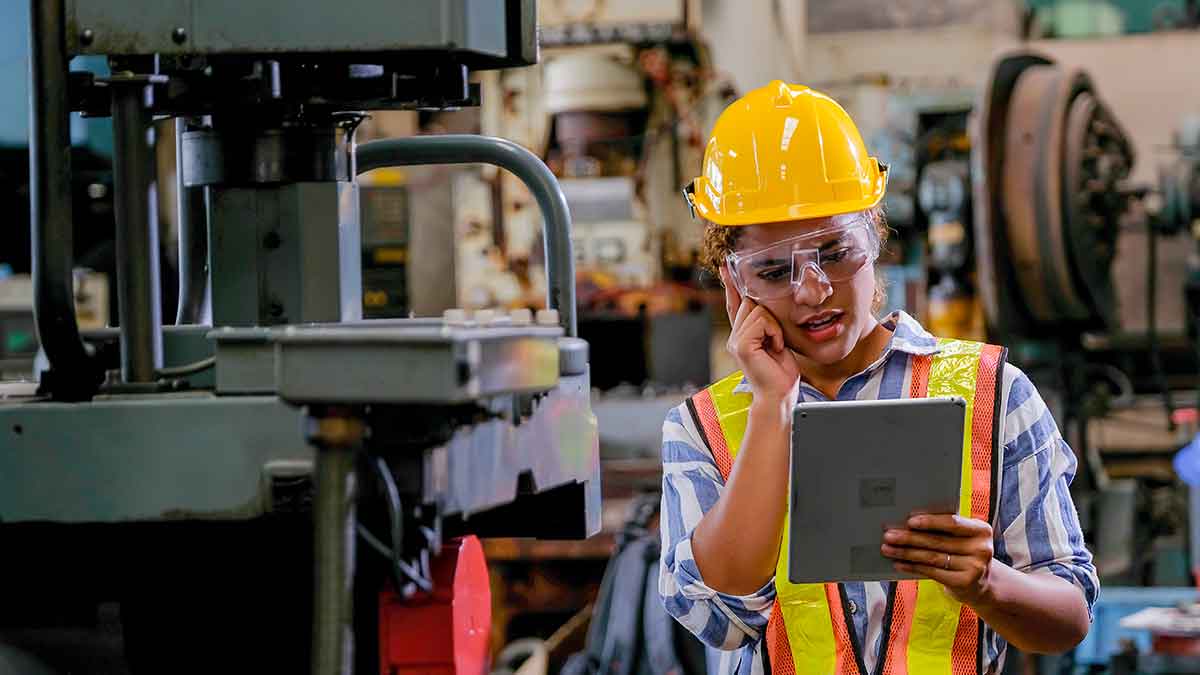“You don’t have to become a machine learning expert to apply these new tools effectively. Engineers who more fully understand where machine learning can help — and where it can’t — can achieve real gains from these tools, whatever their industry.”
— Professor Youssef Marzouk
Scan what has been published and written about machine learning, and you might conclude that it is the sole domain of big tech software companies such as Amazon, Google and Facebook.
Yet, beyond commonly known applications such as predicting consumer behavior and driving e-commerce with recommendations, machine learning is being applied to design new aircraft and automobiles, build safety-critical systems, conduct chemical process design, and even predict earthquakes.
Youssef Marzouk is a Professor in the Department of Aeronautics, Astronautics at MIT, Co-director of the MIT Center for Computational Engineering, and lead instructor for MIT xPRO’s upcoming online program, Machine Learning, Modeling, and Simulation: Engineering Problem-Solving in the Age of AI.
Marzouk sees tremendous opportunities for engineers and scientists to apply machine learning to enhance and speed design across many different settings. He points to rapid growth in the application of machine learning across varied industries such as aerospace, construction technology, biotech and pharmaceuticals, chemical products and materials, transportation, manufacturing, energy, seismology and geophysics.
“There is a lot of buzz about machine learning and AI in general,” says Marzouk. “Adoption is growing fast, but what’s happening is still a lot of ad hoc experimentation. Many industries are somewhere between the initial discovery phase and the phase where they begin to encounter limitations. You don’t have to become a machine learning expert to apply these new tools effectively. Engineers who more fully understand where machine learning can help — and where it can’t — can achieve real gains from these tools, whatever their industry.”
SO, WHEN SHOULD YOU USE MACHINE LEARNING?
Machine learning won’t solve every design challenge, but it can help in many instances. According to Marzouk, it’s not an either-or decision. Within the same process, there are areas where machine learning can be applied successfully and others where it’s not the best choice. Engineers and scientists need to better understand its capabilities and its limitations to make these calls.
Machine learning builds on top of a lineage of other kinds of modeling and simulation. What began with Newton’s laws and physical first principles eventually extended to computer-driven models and simulations. Today, engineers can apply machine learning principles and data-driven methods, not instead of these other models, but in concert with them.
Marzouk adds, “Now we have all these powerful predictive tools from machine learning that should live alongside the physics-based modeling and augment first principles modeling that people have been doing for decades. How can we use [these tools] in a situation where we either don’t know how to or can’t afford to model them in first principles?”
AUGMENT YOUR DESIGN TOOLBOX
For engineers faced with the task of modeling something or making predictions about the behavior of the systems they design, machine learning can be very powerful.
Aerospace companies have been using computational fluid dynamics for decades. These models have gotten more and more sophisticated, and they now run on powerful supercomputers. Yet there are things that computational fluid dynamics cannot predict well. Either companies can’t afford the computational resolution required, or the modeling frameworks have gaps. Meanwhile, there is a lot of wind tunnel testing data out there, and available models that are higher resolution.
Engineers can take these other libraries of data and fuse them into fluid simulations, creating predictive models using machine learning tools. People are taking these huge data sets, ingesting them with machine learning tools, and trying to figure out how to get machine learning into the workflow that will help them design the next airplane.
The healthcare field also offers many examples. Machine learning is used to analyze patient data across clinical parameters to help predict disease progression and to predict when someone will get sick. For instance, in the current COVID-19 pandemic, machine learning can help predict the outcomes of specific treatment methods. Using the findings, doctors can customize treatment and monitoring for specific patients or groups.
Machine learning is already being applied to the drug discovery process. As we are seeing during the coronavirus pandemic, when a new illness emerges, it’s critical to develop a vaccine, a reliable diagnostic method, and a drug for treatment as quickly as possible. Current methods involve trial and error, and it can take months to isolate viable solutions. Machine learning can help by “scoring” molecules for their likelihood to help cure or prevent illness, narrowing the focus to deliver an effective vaccine or treatment sooner.
WHAT IF YOU DON’T HAVE BIG DATA?
Engineers often need to solve problems without a large data source. In contrast to the ‘big data’ collected through online commerce, for example, there are many industries where ‘small data’ is more common. In these settings, experimentation is expensive and data is not ubiquitous.
Data-driven methods like machine learning are good at predicting things you’ve already seen. But in a new context, a database of past instances is not going to perform as well. The data set needs to include parameters that are relevant to the new configuration you are trying to test. This is a common barrier for design, when engineers try to build something that’s never been built before.
Consider the materials sciences. If you are trying to design a new catalyst, you may not have data relevant to the new chemistry you care about. Computational simulations can work together with machine learning tools by creating a database to make better machine learning predictions.
Even so, Marzouk stresses that the takeaway is not that machine learning should not be used in these settings. Rather, machine learning should be used with care and attention to the data that you feed it.
BUILDING KNOWLEDGE AND CAPABILITY
“In our work with engineers and scientists, we help people develop intuition around and a deeper understanding of machine learning methods. This set them up to assess and apply machine learning in a more judicious way, for far better results,” closed Marzouk.





